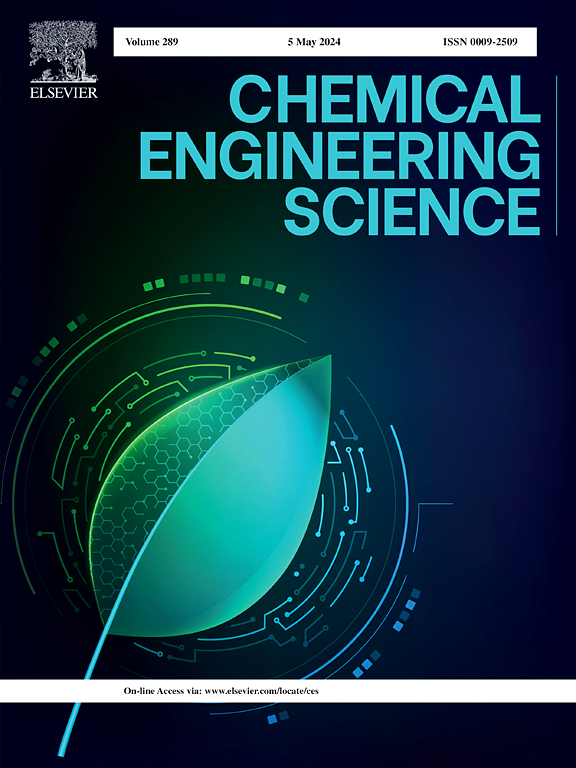基于小波变换的多尺度通道关注机制卷积神经网络在柱塞气举系统故障诊断分析中的应用研究
IF 4.1
2区 工程技术
Q2 ENGINEERING, CHEMICAL
引用次数: 0
摘要
柱塞气举技术以其独特的工程效益在非常规气田中得到了广泛的应用。然而,随着发展挑战的加剧,故障诊断变得越来越复杂,传统的诊断技术表现出延迟和不准确性。随着计算机科学的进步,机器学习方法已经证明了它们在建立数据特征和预测结果之间的强大相关性方面的能力。为此,本文提出了一种基于小波变换的融合多尺度通道注意机制的卷积神经网络故障诊断模型。该模型利用小波变换对不同尺度的特征进行解剖,并利用通道关注自适应地选择包含故障特征的通道,从而提高诊断和识别的准确性。此外,该模型还集成了超参数搜索优化算法,以完善模型的体系结构,全面增强模型的泛化能力。与现场实测数据对比表明,WT-MACNN模型的故障诊断准确率达到83.33%。数字消融实验强调了基本CNN模型在故障诊断中的有限准确性,但依次引入通道注意机制和小波变换层显著提高了模型的性能。与SVM、KNN和决策树模型对比,WT-MACNN模型的诊断准确率分别提高了73.81%、57.13%和54.76%。此外,为了评估模型在不同井况下的适应性,本研究重新获取了128组现场数据。验证结果表明,该模型在不同井况下的预测精度为83.59%。尽管在某些操作条件下偶尔会出现误判,但总体性能仍然出色,为诊断真实场景提供了可靠的支持。数值实验结果突出了所提出的深度学习模型在泛化能力和诊断精度方面的深刻优势,验证了该模型在柱塞气举故障识别方面的优越性,为该技术的应用提供了重要指导。本文章由计算机程序翻译,如有差异,请以英文原文为准。
Research on failure diagnosis analysis of plunger gas lift system using convolutional neural network with multi-scale channel attention mechanism based on wavelet transform
Plunger gas lift technology has been extensively utilized in unconventional gas fields, owing to its distinct engineering benefits. However, as development challenges intensify, fault diagnosis has grown more intricate, and conventional diagnostic techniques exhibit delays and inaccuracies. With advancements in computer science, machine learning methods have demonstrated their prowess in establishing robust correlations between data features and prediction outcomes. Consequently, this paper introduces a convolutional neural network fault diagnosis model that incorporates a multi-scale channel attention mechanism based on wavelet transform. This model dissects features across various scales using wavelet transform and leverages channel attention to adaptively select channels encompassing fault features, thereby enhancing diagnostic and recognition accuracy. Furthermore, the model integrates a hyperparameter search optimization algorithm to refine the model’s architecture and comprehensively bolster its generalization capability. A comparison with actual field data reveals that the fault diagnosis accuracy of the WT-MACNN model stands at 83.33%. Digital ablation experiments underscore the limited accuracy of the basic CNN model in fault diagnosis, but the sequential introduction of the channel attention mechanism and wavelet transform layers significantly elevates model performance. When juxtaposed with SVM, KNN, and decision tree models, the WT-MACNN model exhibits a diagnostic accuracy improvement of 73.81%, 57.13%, and 54.76%, respectively. Additionally, to assess the model’s adaptability under diverse well conditions, this study reacquired 128 sets of field data. The verification results indicate that the model’s prediction accuracy across different well conditions is 83.59%. Despite occasional misjudgments among certain operating conditions, the overall performance remains outstanding, offering dependable support for diagnosing real-world scenarios. The outcomes of numerical experiments highlight the profound advantages of the proposed deep learning model in terms of generalization ability and diagnostic accuracy, validating its superiority in plunger gas lift fault identification and carrying substantial guidance for the application of this technology.
求助全文
通过发布文献求助,成功后即可免费获取论文全文。
去求助
来源期刊

Chemical Engineering Science
工程技术-工程:化工
CiteScore
7.50
自引率
8.50%
发文量
1025
审稿时长
50 days
期刊介绍:
Chemical engineering enables the transformation of natural resources and energy into useful products for society. It draws on and applies natural sciences, mathematics and economics, and has developed fundamental engineering science that underpins the discipline.
Chemical Engineering Science (CES) has been publishing papers on the fundamentals of chemical engineering since 1951. CES is the platform where the most significant advances in the discipline have ever since been published. Chemical Engineering Science has accompanied and sustained chemical engineering through its development into the vibrant and broad scientific discipline it is today.
 求助内容:
求助内容: 应助结果提醒方式:
应助结果提醒方式:


